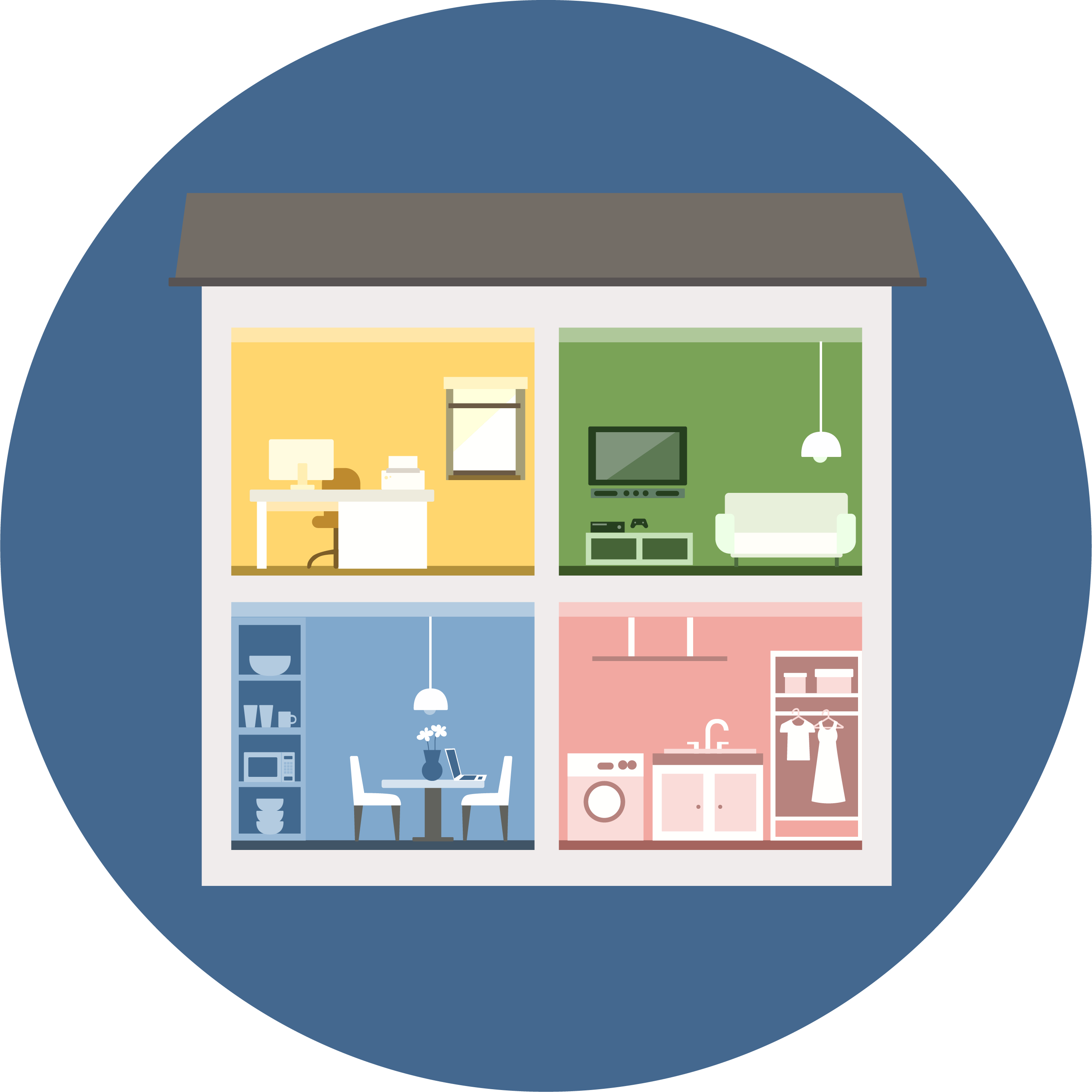Healthy home guide

Learn about simple things you can do to reduce the impacts of these chemicals in your home and on your health:
- Apply basic cleaning methods.
- Use safer cleaning products (including low cost do-it-yourself recipes).
- Learn how to identify toxic chemicals in your home.
Cleaning methods to reduce chemical exposure at home

Vacuum and dust often
Toxic chemicals can collect in dust and soft materials such as carpets.
- Wipe surfaces with a microfiber or damp cloth to remove dust.
- Vacuum with a HEPA (High Efficiency Particulate Air) filter.
- Use cleaners with the Safer Choice label or make your own cleaning solution.
- Leave shoes at the door.
- Open the windows and circulate fresh air, run an air purifier, or use an air filter with a high MERV rating if you have an HVAC system.
Shop for certified safer products
When cleaning your home, use the least toxic products possible. Look for those certified by a third-party, such as those that carry these labels or are listed in these databases:
- Safer Choice (cleaning products).
- Design for the Environment (DfE) label (disinfectants and sanitizers).
- Cradle-to-Cradle certified (multiple product categories).
Third-party certification ensures the products contain the safest ingredients and are just as effective as similar, more toxic products. You can also read our guide, How Can Apps Help Me Find Safer Products?
Make your own nontoxic cleaning products
These recipes can be made using fairly common products you may already have in your home.
Dispose of hazardous household products properly
Never put toxic chemicals in the trash or down the drain, sink, or toilet. Find recycling programs or household hazardous waste sites so these products don’t pollute the environment, your community, or your home.
Frequently asked questions
Related links
Contact information
Safer Products for Washington
SaferProductsWA@ecy.wa.gov
360-407-6700
Want to stay informed? Sign up our email lists!


